What Are The Different Types Of Fog?
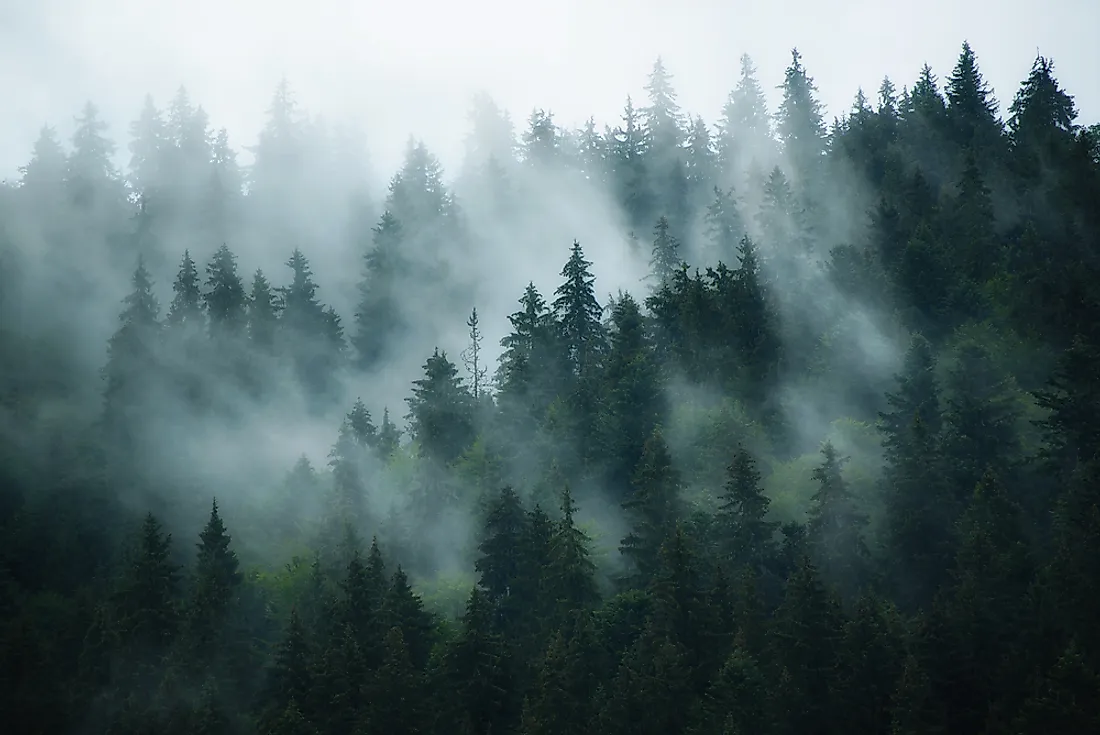
Fog is a visible aerosol that is formed at or near the surface of the ground. Fogs can be formed due to a variety of reasons that are influenced by the topography of land, wind conditions, precipitation patterns, temperature, etc. The different types of frogs are as follows:
Evaporation Fog/Steam Fog/Sea Smoke
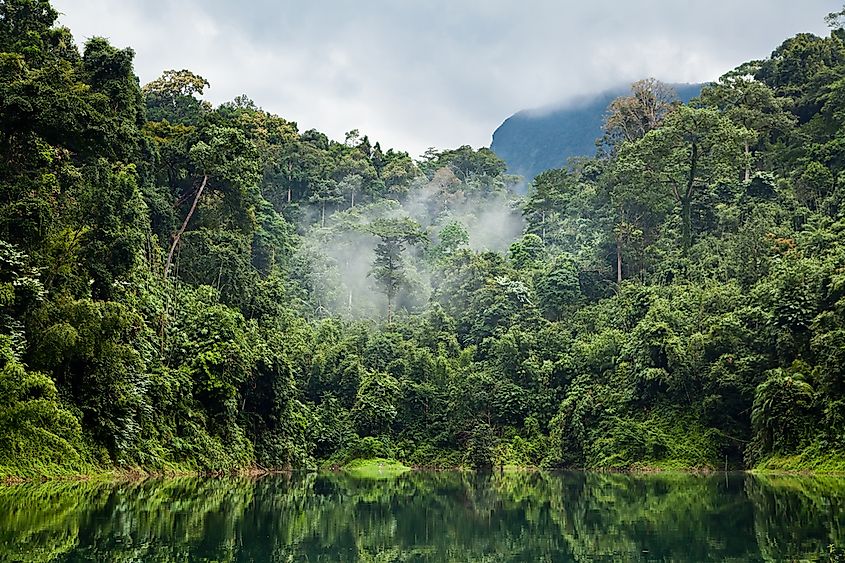
Evaporation fog occurs at the interface of cooler air and warmer water surface. When the air above is cooler than the water surface below, the heat from the warm water makes the air layer immediately above it warmer than the air further above. Soon, moist and relatively warmer air layer starts moving up due to its lower density and mixes with the cooler air above. When this happens, the water vapor condenses to form fog. This type of fog is one of the most localized forms of fog. It can happen when cooler air meats heated water in swimming pools. It can also happen when cool air passes over warm seas, especially in autumn.
Radiation Fog/Ground Fog
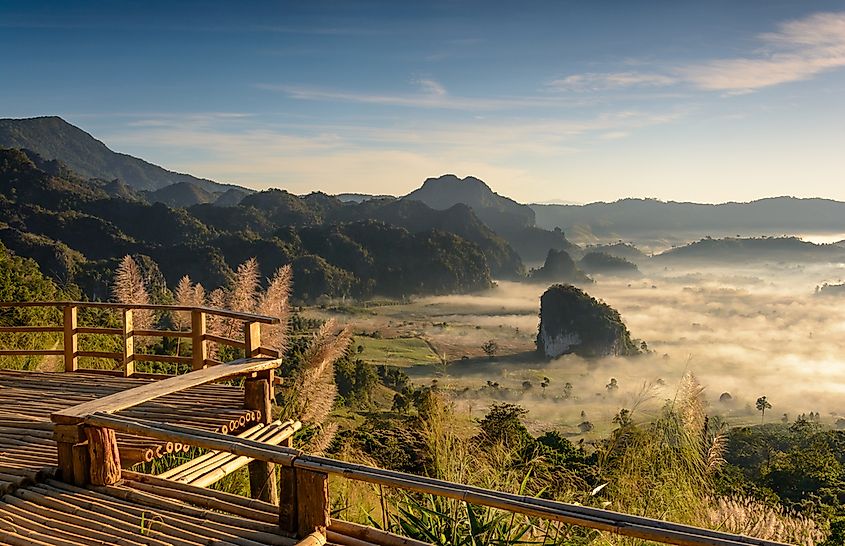
When the skies are clear and the weather is generally calm, especially during winter, the ground releases thermal radiation after sunset and cools fast. The air layer immediately above the ground also cools down. It now no longer retains the capacity to hold water vapor which then condenses to form fog close to the ground. This type of fog is called radiation fog or ground fog. It is more common during winters when conditions are favorable for its formation. Radiation fog disappears as soon as the ground starts getting warm after sunrise.
Valley Fog
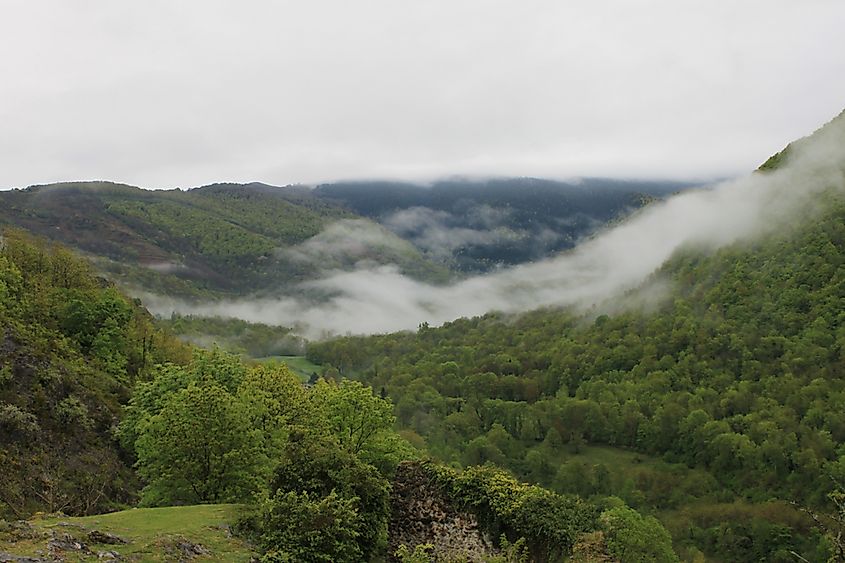
Valley fog can be regarded as a type of radiation fog that persists for a significant duration. As the name implies, it forms in valleys or basins and hollows encircles by hills and mountains. Winters are the ideal time for the formation of such fog. As the air near the land cools down, water vapor condenses to form fog. However, due to its location in the valley, the air becomes trapped beneath a lighter air layer, and cannot escape. Instead, it lingers above the valley floor for days. Valley fogs can also prove to be dangerous due to their persistent nature. In 1930, water vapor condense around suspended air pollution particles in Belgium’s Meuse Valley killing 60 people due by toxic exposure.
Advection Fog
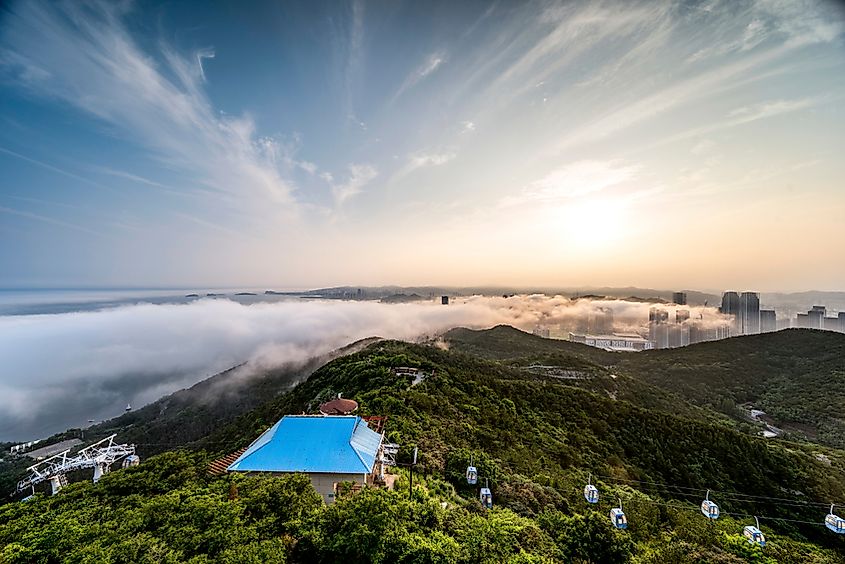
When warm, moist air blows in the form of wind and comes in contact with cooler surface air, water vapor condenses and fog is formed by the process of advection. This type of fog forms in areas where warm and moist tropical winds come in contact with a cooler surface, usually that of the ocean, and condensation results in fog formation. Advection fog can be seen along much of the Pacific coast of the US from California to Washington. Here, the warm air blowing by the coast comes in the contact with the cooler ocean waters cooled by the cold California Current.
Freezing Fog
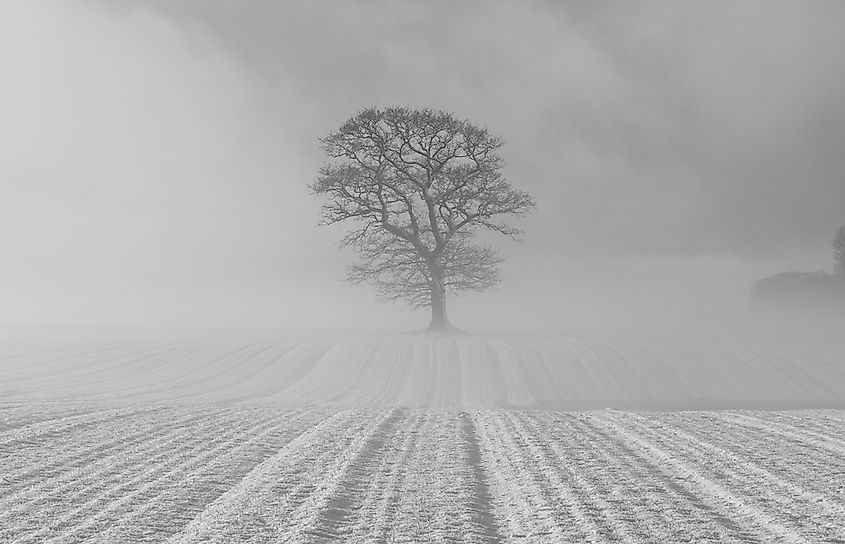
When supercooled, tiny liquid droplets present in fog comes in contact with an exposed surface whose temperature is at or below freezing, the droplets instantly freeze on the surface. For example, the water droplets can freeze on trees, rails, roads, vehicles surfaces, etc. Such frozen water is called white rime and appears as feathery ice crystals that often transform a place into a winter wonderland. Freezing fog is dangerous for those traveling as if often results on the formation of black ice on roads that are difficult to see but can cause vehicles to skid easily. Such type of fog is common in Scandinavia and Antarctica.
Frozen Fog
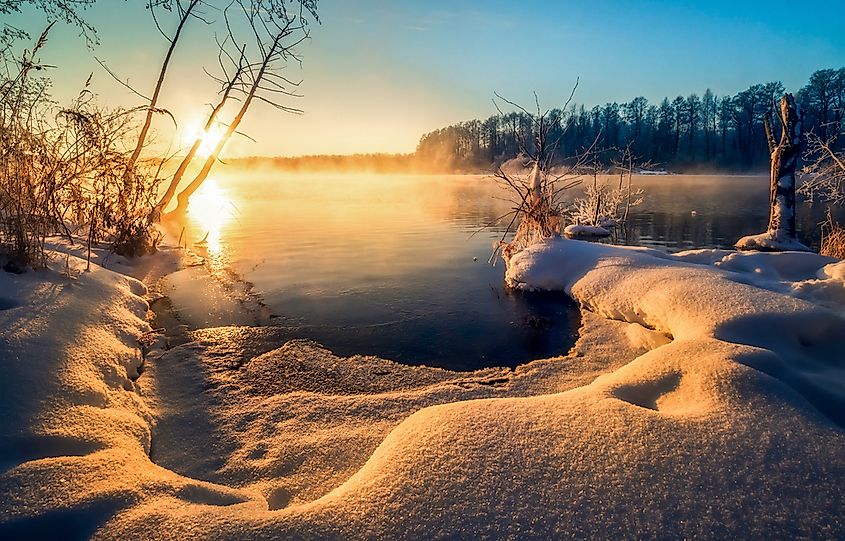
Frozen fog is distinct from freezing fog. While in the latter case, the ice crystals are formed on a solid surface, in the former case water droplets freeze in the air and remain suspended as ice crystals as the air is cooled to subzero temperatures. For the formation of frozen fog, temperatures must drop to minus 22 degrees Fahrenheit or lower. Such type of fog occurs in the Arctic region.
Upslope Fog
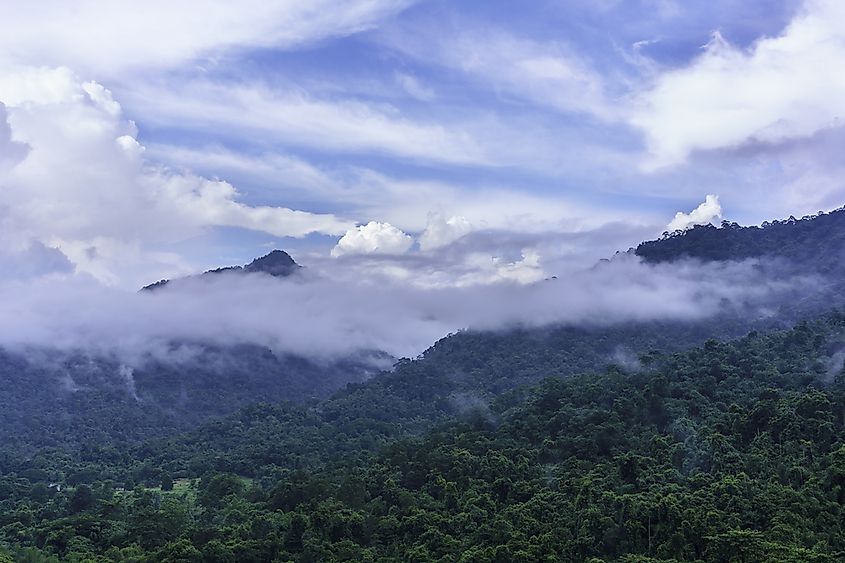
When winds blow warm, moist air up the slope of a hill, mountain, or plateau, the rising air gradually starts cooling and after reaching a certain elevation, it cools beyond the condensation point. Fog is thus formed. Upslope fog can be seen on the eastern slope of the American Rockies in winter and spring.











